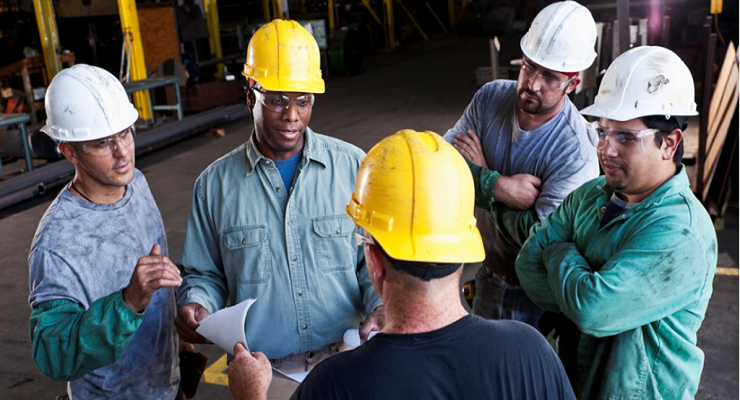Introduction
Industrial safety is a critical aspect of any workplace, ensuring that employees are protected from hazards that can lead to accidents, injuries, or fatalities. A well-structured safety program not only safeguards employees but also enhances productivity, compliance, and overall workplace efficiency. This guide provides an in-depth understanding of industrial safety, covering essential aspects such as hazard identification, risk assessment, and implementation of effective safety protocols.
What Are the Key Components of Industrial Safety?
Industrial safety comprises several components that work together to create a secure environment. These include:
- Hazard Identification and Risk Assessment – Recognizing potential dangers and evaluating their impact.
- Regulatory Compliance – Adhering to safety standards set by government agencies.
- Safety Training Programs – Educating employees on safe practices and emergency responses.
- Implementation of Protective Equipment – Using appropriate personal protective equipment (PPE).
- Regular Safety Audits – Conducting routine inspections to identify areas for improvement.
- Emergency Preparedness – Establishing protocols for fire, chemical spills, and other emergencies.
Why Is Hazard Identification Important in Industrial Safety?
Hazard identification is the first step in preventing workplace accidents. It involves analyzing the work environment to detect risks associated with machinery, chemicals, electrical systems, and human factors. A comprehensive Hazop Study (Hazard and Operability Study) is an essential method used in industries to systematically assess potential hazards and improve safety measures.
How Do Fire Audits Help in Industrial Safety?
Fires pose a significant threat to industrial settings, making fire prevention and preparedness crucial. A Fire Audit is a structured evaluation of fire safety measures, ensuring compliance with regulations and identifying gaps in fire prevention strategies. Key aspects of a fire audit include:
- Examination of fire detection and suppression systems.
- Review of emergency evacuation plans.
- Assessment of fire load and material storage.
- Employee training on fire prevention and response.
What Is the Role of a Safety Audit in an Industrial Setup?
A Safety Audit is a systematic evaluation of workplace safety protocols. It helps organizations identify risks, improve safety measures, and ensure compliance with local and international safety regulations. Safety audits typically cover:
- Inspection of machinery and equipment.
- Analysis of workplace ergonomics and human factors.
- Review of incident and accident reports.
- Recommendations for safety improvements.
How Does Process Safety Management Contribute to Workplace Safety?
Industries dealing with hazardous chemicals and high-risk processes must implement Process Safety Management (PSM) systems. PSM is a proactive approach that prevents incidents by controlling hazardous substances and ensuring safe operational procedures. Key elements of PSM include:
- Process hazard analysis.
- Mechanical integrity programs.
- Employee training and competency development.
- Emergency response planning.
What Are the Best Practices for Ensuring Industrial Safety?
Implementing best practices in industrial safety reduces risks and fosters a secure work environment. Some key best practices include:
- Regular Safety Training – Continuous education on workplace hazards and emergency procedures.
- Use of PPE – Ensuring employees wear appropriate protective gear.
- Machine Guarding – Installing safety guards on hazardous machinery.
- Emergency Drills – Conducting fire drills and evacuation simulations.
- Workplace Housekeeping – Keeping the work area clean and organized to prevent accidents.
How Can a Safety Consultant Improve Workplace Safety?
Hiring a Safety Consultant provides organizations with expert guidance on improving workplace safety. Safety consultants assess risks, develop safety plans, conduct training sessions, and help companies comply with legal regulations. Their expertise ensures that organizations implement effective safety protocols tailored to their specific industry requirements.
The Importance of Ergonomics in Industrial Safety
Ergonomics plays a crucial role in reducing workplace injuries related to posture, repetitive movements, and improper lifting techniques. Implementing ergonomic solutions such as adjustable workstations, proper lifting equipment, and employee training significantly enhances workplace safety and productivity.
Conclusion
Industrial safety is an ongoing process that requires commitment from both employers and employees. By implementing hazard identification methods, conducting regular audits, and following best practices, workplaces can create a safer environment. The role of fire audits, safety audits, process safety management, and safety consultants cannot be underestimated in achieving a secure industrial workspace. Prioritizing safety not only protects lives but also ensures business continuity and regulatory compliance.

